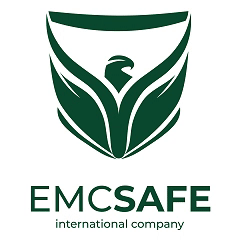Earthing Bentonite – Ground Enhancement Material
- Low electrical resistivity according to IEC 62561-7 standard
- Non-corrosive, preventing damage to copper and galvanized steel electrodes.
- Reduces seasonal variation in ground resistance, ensuring year-round reliability.
- Long service life – does not degrade or leach over decades under normal soil conditions
- Thermal stability up to 150°C, suitable for high-temperature grounding applications.
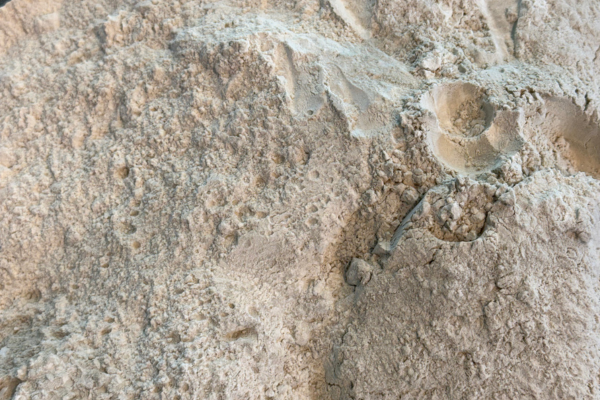
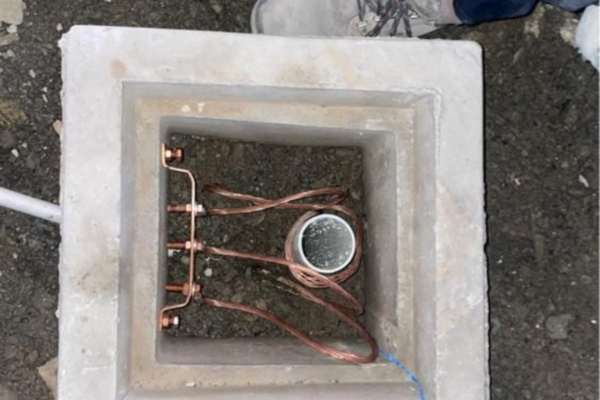
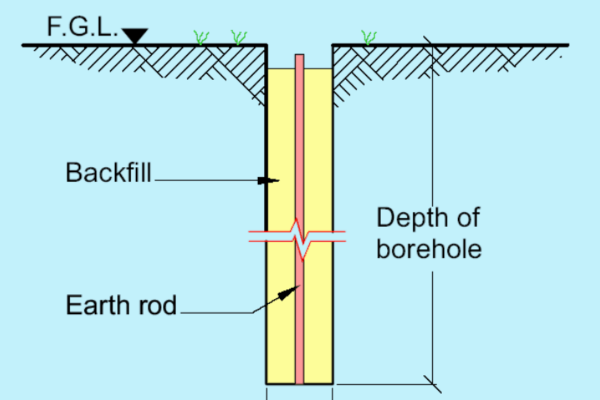
What is an Earthing System?
An earthing (grounding) system is a critical safety component in electrical installations. Its primary function is to safely dissipate fault currents, lightning strikes, or electrical surges into the ground, preventing electric shock hazards and protecting equipment from damage. A well-designed earthing system ensures that the electrical potential remains at safe levels under both normal and fault conditions.
The Importance of Ground Resistance Reduction Materials
The effectiveness of an earthing system depends heavily on the resistance between the earth electrode and the surrounding soil. In many locations — particularly in dry, sandy, or rocky soils — natural ground resistance can be too high, reducing the system’s ability to dissipate current effectively.
Ground resistance reduction materials (GRMs) are added around the electrode to lower soil resistivity, improve current dissipation, and ensure stable performance over time. These materials retain moisture, enhance soil conductivity, and protect the electrode from corrosion, making them an essential part of modern earthing design.
Traditional Ground Resistance Reduction Materials
Historically, engineers have used various materials to improve soil conductivity around electrodes, such as:
Charcoal and salt mixtures – common due to low cost but prone to leaching, corrosion, and short lifespan.
Coke breeze – effective in retaining moisture but less environmentally friendly.
Chemical salts – reduce resistance temporarily but require frequent replenishment and can corrode electrodes.
While these traditional methods were widely used, they often suffered from short-term effectiveness, environmental issues, and maintenance challenges.
The Shift to Bentonite as a Modern Solution
Today, Bentonite has become the preferred material for reducing ground resistance in earthing systems. Bentonite is a naturally occurring clay, rich in montmorillonite minerals, that swells when hydrated and retains moisture for extended periods.
Its advantages over traditional materials include:
Long-term performance – maintains low resistivity without frequent replacement.
Eco-friendly – inert and non-leaching, compliant with environmental standards.
Corrosion protection – prevents electrode degradation by creating a stable, non-aggressive environment.
Ease of application – available in powder or granular form for different installation methods.
Bentonite’s ability to maintain consistent conductivity in all soil types makes it a vital component of modern earthing design, especially in regions with poor natural soil conductivity.
What is Earthing Bentonite?
Earthing Bentonite is a specially selected, high-purity sodium bentonite designed to reduce soil resistivity and improve the efficiency of grounding systems. When mixed with water, it forms a highly conductive, moisture-retaining barrier around earthing electrodes, ensuring stable and low resistance even in dry soil conditions.
Key Features & Benefits
1. High Moisture Retention
Absorbs several times its weight in water, ensuring long-term conductivity even during dry seasons.
2. Low Electrical Resistivity
Typical saturated resistivity ≤ 3 Ω·m, enabling efficient dissipation of fault currents and lightning surges.
3. Corrosion Protection
Chemically inert with low sulfur content (≤ 2%), preventing accelerated corrosion of copper and galvanized electrodes.
4. Environmental Safety
Free from hazardous leaching elements (arsenic, cadmium, lead, etc.) as per IEC 62561-7 and EU environmental regulations.
5. Longevity in Service
Maintains stability in extreme climates, with a lifespan matching or exceeding that of the electrode system.
Why Buy from Us?
We are a reliable supplier of industrial-grade bentonite, delivering products that meet strict international quality standards. Our materials are backed by expert technical support to ensure optimal performance in your grounding system design.
Our Earthing Bentonite is tested according to:
IEC 62561-7 – Earthing Enhancing Compounds
ASTM G57 – Resistivity measurement
ISO 14869-1 – Sulfur content determination
EN 12457-2 / EN 12506 – Leaching stability
Packaging for Export
25 kg laminated moisture-proof bags
1-ton jumbo bags for large projects
Palletized and shrink-wrapped for sea freight stability
Custom labeling with batch number, resistivity, and compliance details

Swelling index | ≥ 24 ml/2g |
Soil Resistivity | ≤ 3 Ω·m |
Sulfur Content | less than 2% |
Water absorption | > 300 % |
Montmorillonite | ≥ 80% |
size | mesh 200 |
Moisture | Max 12% |
Thermal Stability | Stable up to 300 °C |
CEC | ≥ 80 meq/100g |
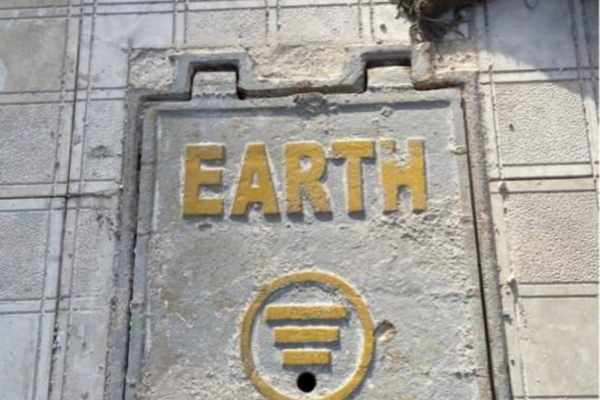
1. What Makes Bentonite Effective as Ground Enhancement Material (GEM)?
Bentonite is a highly hygroscopic clay, capable of absorbing up to five times its weight in water and expanding up to 13 times in volume. This water retention ability forms a conductive moisture buffer around grounding electrodes, significantly lowering grounding resistance.
2. How Much Can Bentonite Reduce Ground Resistance?
Field studies report that using bentonite as a backfill will reduce grounding resistance by 16% to 48% on average, with a typical reduction around 32%.
3. Why Is Bentonite Preferred Over Chemical Backfills?
Unlike salt-based backfills that may corrode electrodes, bentonite is non-corrosive, chemically inert, and environmentally safe, while still effectively reducing soil resistivity.
4. How Does Bentonite Perform in Dry or High-Resistivity Soils?
Research shows that bentonite is more effective than many other enhancement materials in arid soil conditions, maintaining lower breakdown voltage and better performance.
5. Does Bentonite Prevent Material Leaching?
Per IEC 62561-7 standards, an effective GEM must resist leaching. Bentonite meets this criterion, ensuring long-term conductivity and system reliability.
6. What Are the Four Critical Qualities of an Effective GEM?
According to nVent/ERICO, a high-performing GEM like bentonite must have:
Low resistivity
Leaching resistance
Minimal sulfur content (<2%)
Non-corrosive behavior toward electrodes
Bentonite fulfills all these essential characteristics.
.
7. How Do Soil Properties Impact Bentonite’s Effectiveness?
Bentonite’s performance depends on soil factors like moisture, composition, and temperature. Increasing the moisture content around the electrode via bentonite directly improves conductivity.
8. Can Bentonite Handle High Electrical Faults and Thermal Stress?
9. Which Standards Should Your Customers Look For?
Make sure products comply with:
IEC 62561-7 (Ground Enhancement Materials)
ASTM G57 (Soil resistivity testing)
IEEE 80, which mentions bentonite use for improved grounding.
.
10. Research Insights: Composition Impact on Soil Conductivity
The percentage of bentonite within different soil types strongly influences overall resistivity. Combining bentonite with laterite or peat soil significantly reduces ground resistance.

